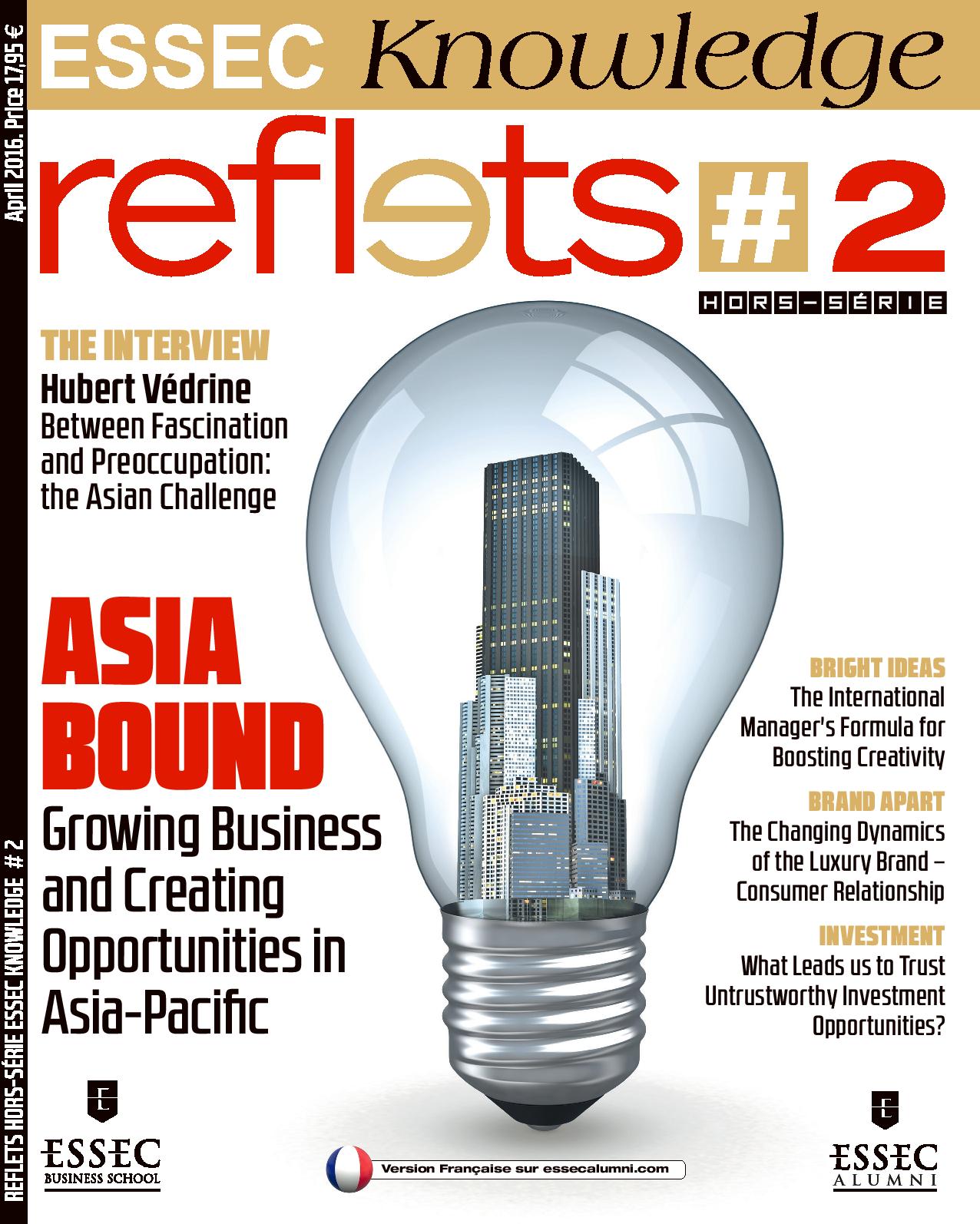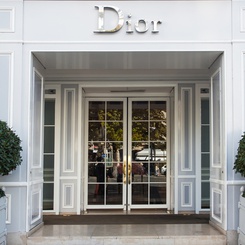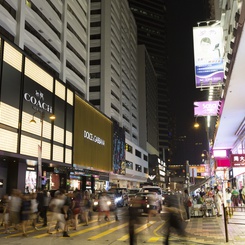Simon Nyeck, Prof. of Marketing Department and Director of the Center of Excellence in Luxury, Arts & Culture at ESSEC, looks into how luxury brands should follow the example of “love brands” such as Apple
Many of today’s most recognizable luxury brands were created in the 19th century and are rooted in the traditions and rituals of the time. These rituals dictated the elite’s consumer habits: when two wealthy families married their children, a ring and other jewels would be exchanged. When they celebrated the nuptials, Champagne would be needed for the toast. A night at the Opera called for the finest brocades and laces.
Indeed, luxury houses exercised a kind of brand dictatorship over their consumers, telling them what to consume, when, and exactly how to do it, according to the strictest rules of etiquette. Everything was steeped in meaning and tradition. With the spirit of the industrial revolution, expertise and craftsmanship also became increasingly important ingredients to the luxury status. Just as the Eiffel Tower was the pinnacle of engineering expertise, the Mont Blanc writing instrument demonstrated the pinnacle of savoir faire in that domain. And if an elite were in need of a trunk for a sea voyage, there were few “malletier” brands which mastered the necessary savoir-faire – among them, Louis Vuitton and Moynat.
Changing with the times
Today, our consumer habits have changed. We have gone from the brand dictatorship of the 19th century to the birth of the consumer citizen-artist and from obeying cultural authority to cultivating ‘self’. We have also gone from a top-down, brand monologue, to multiple dialogues. And from a long-term orientation, with a focus on tradition, to a present scenario orientation.
To date, the success and longevity of luxury brands has been based primarily on the respect they command. This respect is derived through four key factors: Most true luxury brands have been around for a long time and this sense of history is a major source of legitimacy. A lot of importance is also placed on their place of origin: many high fashion houses originate in Paris, and Champagne does not deserve the name unless it comes from the region. Luxury brands are also attached to the character of their primary consumers: Louis Vuitton trunks and bags earned their status as luxury items because, for the most part, only the elite could afford to travel. Finally, luxury goods are about savoir-faire and craftsmanship, with products often made to order for elite clientele.
But is keeping to these factors enough? Are luxury brands keeping up with the changing times and the evolution of other brand-consumer relationships? What we call ‘love brands’, like Apple, focus on tapping into our emotions by creating connections through experience. Future generations of luxury consumers will be looking for that ‘experience’ through 4 dimensions:
Consumers are looking for sensorial experience
Where luxury products were once the ‘establishment’, today’s consumers are challenging the establishment. They want more than just the product. To delight the consumer, sensorial experiences – sight, smell, taste, touch and sound – are a must. Beautiful flagships, architecture, and music serve to add the dream factor. The Chanel Lumiere Tower Ginza, designed by Peter Marino, is a conceptual rendering of classic Chanel tweed. BEIGE is the penthouse Ducasse restaurant open 7 days a week to provide experiential pleasure. Chanel's culture is engraved in the colors of the restaurant with black, white, beige, thus giving customers an additional "reason" to come to the Chanel Lumière Tower.
Consumers want to learn and discover
Today’s customers also want to be informed when they make a significant purchase – historic reputation isn’t quite enough: to maximize a luxury experience, they want to know how the product was crafted. Whereas brands in the 19th century dictated to their consumers what they should do, today’s consumers want to discover, enrich themselves, and understand first-hand. They want to see behind the curtain to the ‘Making of’ their purchase. Indeed, this is a growing trend amongst luxury brands, with Chanel’s workshop experience, for example, providing a select few clients with a back-stage peek at how their products are made. In addition, events such as cooking classes at the Ritz are becoming increasingly popular.
Consumers want the brands to care about them
For a long time, the luxury brand-consumer relationship was a long-distance love affair. Brands were distant and determined consumer behavior in a top-down monologue. Today’s consumers understand that long distance relationships fizzle. If luxury brands are to command more than just respect, and tap into an emotional connection with consumers – to become ‘love brands’ – they need to open up a dialog, listen, understand, share, and make their consumers feel truly special. Today, this in an area in which luxury brands have the opportunity to shine by becoming consumer centric: their products are not industrial, so the ingredients are there to make them unique, special, and made-to order.
Consumers want to be involved, to be part of the brand
In a sense, we are returning to the origins of luxury: where once upon a time, monarchs would order products based on their specifications, today’s luxury consumers want the opportunity to be involved in the process of creation. The future is one where popular culture can claim a luxury brand for itself and make it what they want – and this is a reality to which luxury brands must adapt.
But involving the consumer takes the caring experience one step further. It is about caring for the planet as well as fellow citizens. Love brands give their consumers the sense that they belong to a social community where they can co-create and co-design. As the times change, it is critical for luxury brands to keep up…or risk becoming dinosaurs. Commanding your clients’ respect is important, but tapping into their emotions is perhaps even more-so. After all, you can’t be luxury without having people dream about you.
From the ESSEC Knowledge Magazine:










